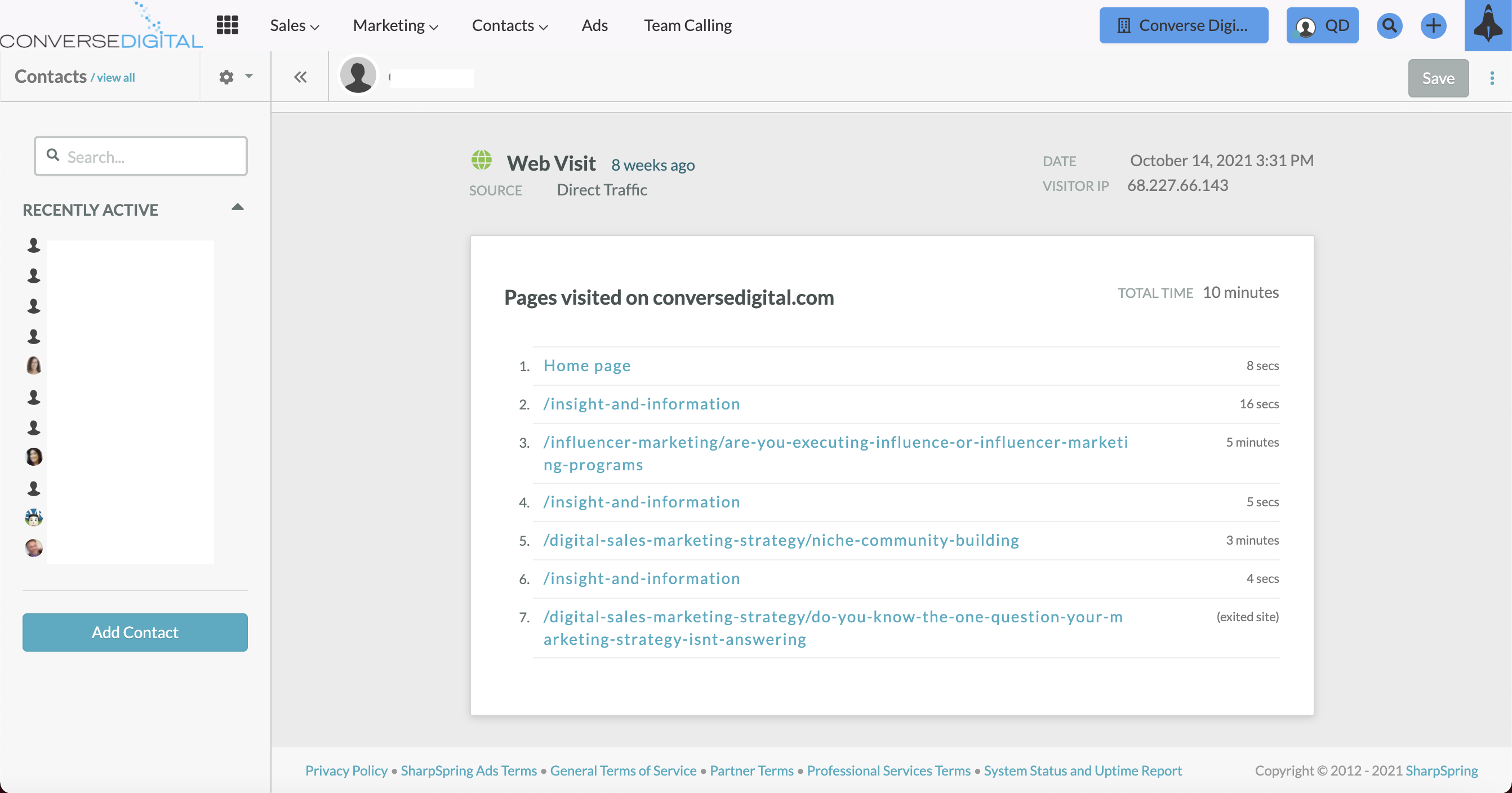Owning your own channels and content has never been more important. Last month, Meta (the social media goliath formerly known as Facebook) announced that they would be removing certain ad targeting options for “topics people may perceive as sensitive, such as options referencing causes, organizations, or public figures that relate to health, race or ethnicity, political affiliation, religion, or sexual orientation.” In other words, key demographic categories advertisers have traditionally used to create targeted social ads on Instagram and Facebook are no longer available, creating less targeted ads and thus less highly qualified web traffic.
Why this matters: Facebook's ad targeting limitation is just another in a long list of privacy changes that seek to make the end consumer more invisible to brands trying to market to those consumers.
The bigger picture: Over the past decade, we’ve seen tech companies embroiled in a constant roller coaster of advertising and privacy scandals, overhauls, reboots, and shut downs. A couple examples from the last ten years:
As a recent New York Times article bluntly stated about the reality of digital privacy changes for internet advertisers, “businesses that do not keep up with the changes risk getting run over.”
What this means for your brand: Despite the apparent doldrums, this new veil of internet secrecy is certainly not the gloom and doom scenario you might think at first blush. Yes, the crackdown on internet privacy and user data is only getting started, but it’s also only getting started. The sooner your marketing team accepts this reality, the faster and better they can pivot.
Here are three strategies your brand can implement right now to pivot your digital strategy to retain access to your prospects and clients.
1. Own your list, own the day.
In all things digital, what’s here today could be a ghost town tomorrow. Companies fold, sites go down, policies change—and if you don’t own your list, you are powerless to do a thing about it.
So: Use your access on the peripheral channels to create an audience on the channels you do control by levering the power of second-click content. When you share or publish a piece of content on any platform you don’t own, embed links to topically relevant “second click” content that lives on your website.
This second-click content provides a deeper level of contextually relevant information for those prospects curious enough to click. This content is also a great place to insert a list-building form, since the prospects who click-through to this page are most likely qualified leads who’ve engaged with your content and have demonstrated genuine interest.
Then: Move those prospects into a drip campaign, and get them engaging with content on your site on your terms.
Bonus: You’ll find that the customer dossier you can build on a prospect after a few email campaigns creates far more valuable sales signals than a few social demographic parameters ever could.
2. Create the content your customers want to see (and share).
Sure, it’s great to converse with your customers via an owned list, but how exactly are you going to get them there?
By creating high quality, engaging content that provides true value to the reader. In short, you have to give before you’ll get. You have to give high quality content that gets clicked on and then most importantly, shared.
This is key because when social agents share your content organically, it's seen by new prospects (their friends and colleagues); prospects whose guards are way down since the content was shared by a friend, not a brand.
Bonus: Sharing gets you around all privacy restrictions, today and forever.
3. (Re)create the content your customers want to see and share.
The final step in this three-part strategy is rinse and repeat. All that great new content you’ve made? Recycle it. Repurpose it. Every platform has its own quirks and idiosyncrasies, and some will flow much more naturally than others, but in general, with a little re-working one podcast interview can become at least a couple of guest posts, some well-timed tweets, and maybe even a YouTube explainer video if you’re feeling fancy.
Audio transcription resources like Speechpad will transcribe your audio to text for as little as $1/minute—not a bad rate for 80% of a blog post in your inbox a day or two after upload. And video maker programs like Doodly can allow you to convert a drier bit of a webinar or white paper into an engaging doodle video, primed for social sharing.
If you’re going to build an owned customer database and create quality content, it requires an investment—time, money, or both. So double down on that investment, and squeeze as much value as possible from your content.
Don’t get lost in the digital landscape
The digital landscape is made of tissue paper. Nothing is built to last, and what was a monolith yesterday might be a meme tomorrow. If you’re not actively thinking about ways your company can create first party, direct relationships with customers and prospects, you’re going to get left behind.
All signs point toward the new data economy requiring a value exchange between brands and users in order for companies to gain access to user data. Knowing this truth can generate huge leverage in your marketing team’s favor. So don’t get left behind, start pivoting your brand today.
Need some help transforming your digital marketing for the ever-evolving digital marketplace? We’d love to help you ThinkAbout that.



